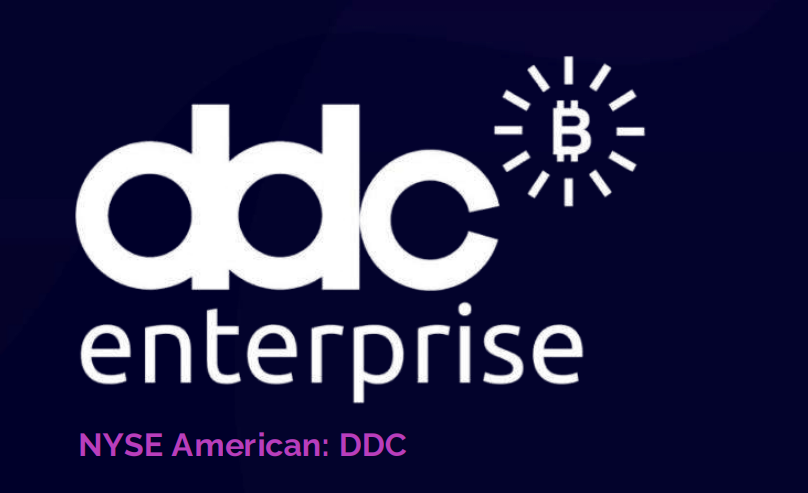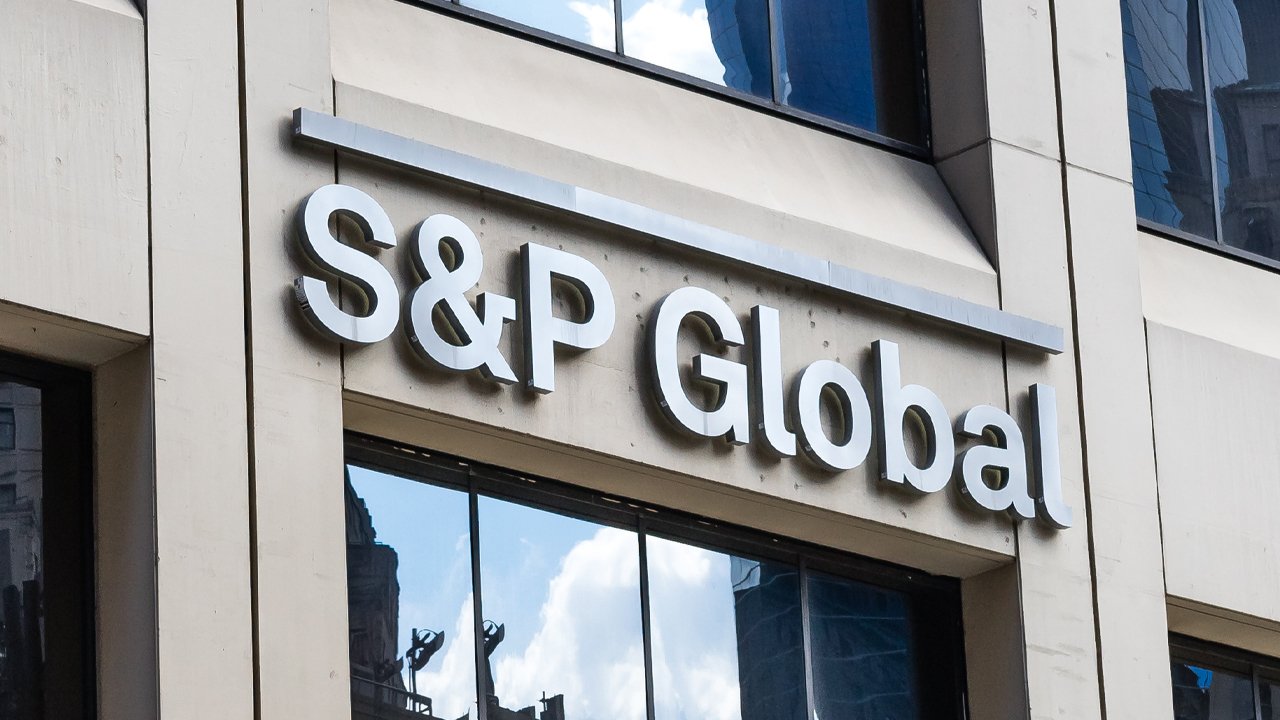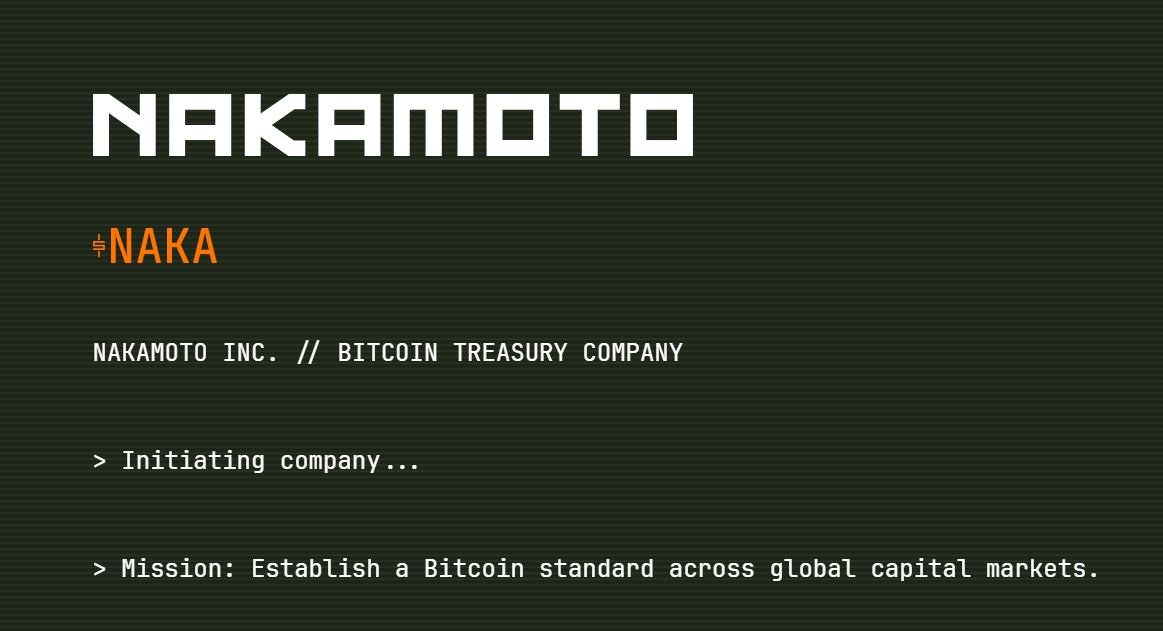Simply put, the Strategy (formerly MicroStrategy) bitcoin playbook is “buy and hold bitcoin.” But how a company raises money to buy that bitcoin is more complicated.
Just take a look at Metaplanet.
Metaplanet was the second publicly traded company to really hop on the bitcoin treasury bandwagon, and throughout 2024 and 2025, it relied on a series of capital markets activities that were remarkably similar to Strategy’s own.
Metaplanet uses moving-strike warrants (MSW), which mimics an at-the-market (ATM) offering for its common stock. Warrants are like call options. MSWs in particular are structured so the strike price of the option is always reset to the previous day’s closing price. When exercised, the MSW forces the company to sell common stock to the warrant holder at the previous day’s price.
This acts like an ATM offering, but it is structured as a derivative instrument to circumvent certain legal hurdles. Under Japan’s Companies Act, a company may issue “stock acquisition rights” (i.e. warrants) by board resolution without a full public offering or shareholder vote. Much like Strategy’s $21 billion MSTR ATM, Metaplanet’s MSW generates an immediate growth in BTC per share when the company trades at a premium to its BTC treasuries.
Metaplanet also issued a number of zero-coupon ordinary bonds. These bonds were not convertible, even though they have the same zero-coupon feature that has been very common in Strategy’s convertible senior notes.
Metaplent pulled the convertibility out into separate stock acquisition rights that were issued in the same financing package to lenders. This structure is like a synthetic zero-coupon convertible senior note, because the ordinary bonds carry no interest and the stock acquisition rights are options to purchase common stock which the lender can exercise. Metaplanet chose this structure because it was deemed to be more flexible than a normal convertible bond.
So far, the ordinary bonds plus stock acquisitions rights imitates Strategy’s zero-coupon convertible senior notes. The MSW imitates Strategy’s MSTR ATM offering.
Going further, Metaplanet’s most recent ¥555 billion shelf registration imitates Strategy’s STRK and STRF preferred shares. Strategy’s 8% Series A Perpetual Strike Preferred (STRK) features a perpetual 8% dividend on a $100 face value, plus a conversion feature which could turn a STRK share into 1/10 share of MSTR. STRK IPOed in February and Strategy quickly opened a $21 billion STRK ATM.
The 10% Series A Perpetual Strife Preferred Stock (STRF) came next. STRF is senior on the capital structure and features a 10% dividend on the $100 face value. Its dividend cannot be forfeited unless Strategy is willing to pay substantial arrears in the future. Strategy calls STRF its “crown jewel” and “investment grade” credit instrument, and it opened a $2.1 billion ATM on STRF.
Metaplanet’s shelf registration announced the creation of two classes of perpetual preferred shares. Class A shares rank senior in dividends and asset distributions but carry no voting rights. The class A shares are like STRF because they are senior and dividend-only.
The second type, Class B shares, rank junior and include a put option allowing holders to require conversion into common shares at prescribed times and rates. Metaplanet’s class B shares are like STRK because they are junior, include dividends, and have a feature to convert to a fixed amount of common shares. Metaplanet intends for dividends for both classes to not exceed 6%.
In summary, Metaplanet’s capital raising strategy is tracking closely with Strategy’s own. Every jurisdiction has regulatory differences which create superficial disparities for how capital raises are conducted. But if we peel back the layers, we can see that the playbook is very similar, and duplicatable.
With Metaplanet beginning to launch perpetual credit instruments, it is likely that other bitcoin treasury companies will eventually follow suit. The key to making these instruments work is the bitcoin treasury acting as collateral. Because many new bitcoin treasury companies have relatively negligent earnings to speak of, the presence of bitcoin collateral is the only thing with underlying value supporting the credit instruments. The most important takeaway about this dynamic is that the amount of credit issuance will likely be hard capped by the amount of bitcoin held by the treasury company.




